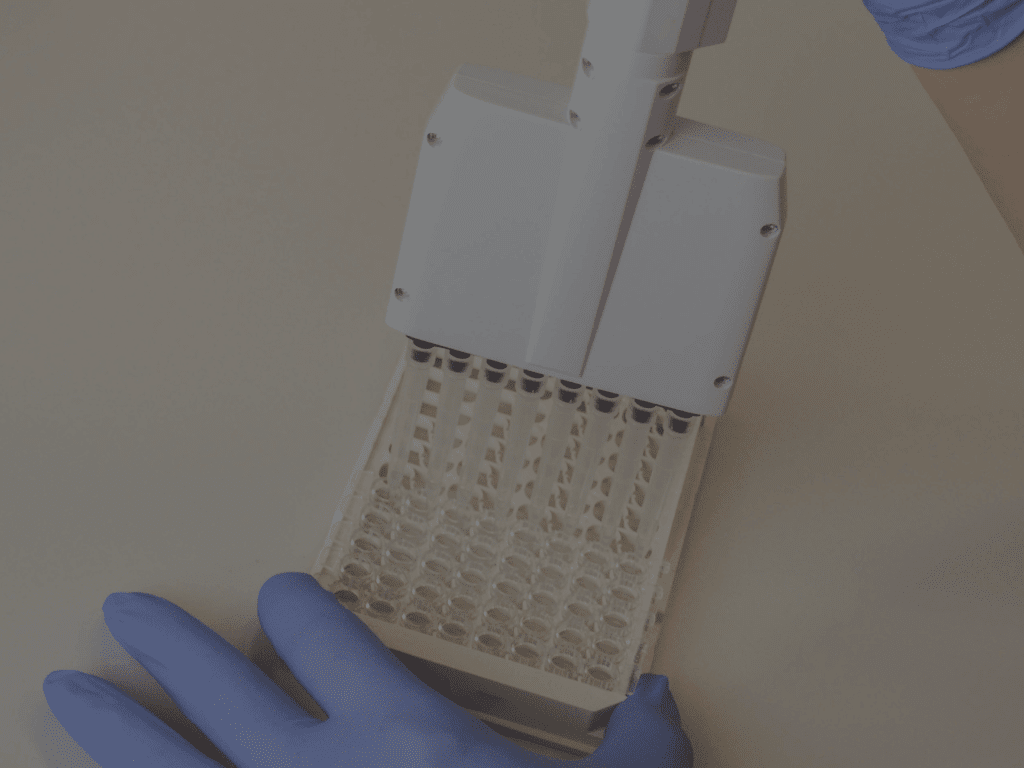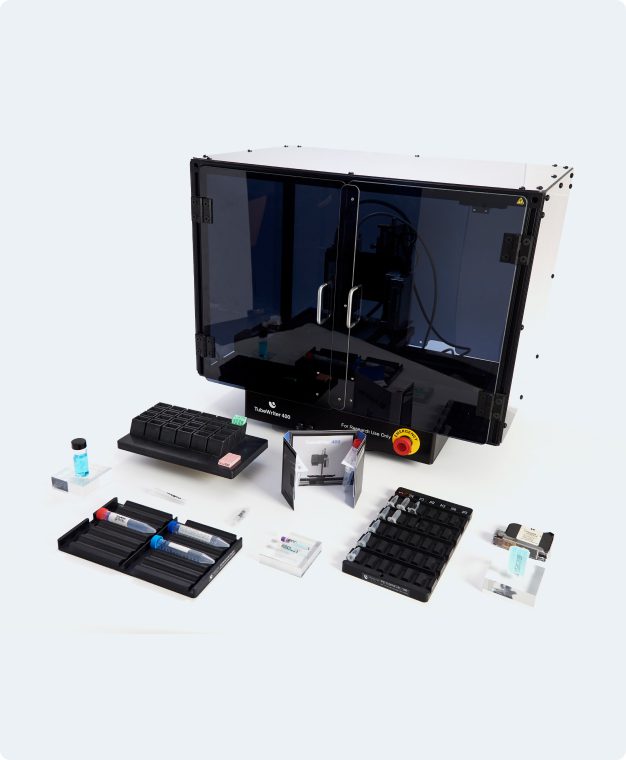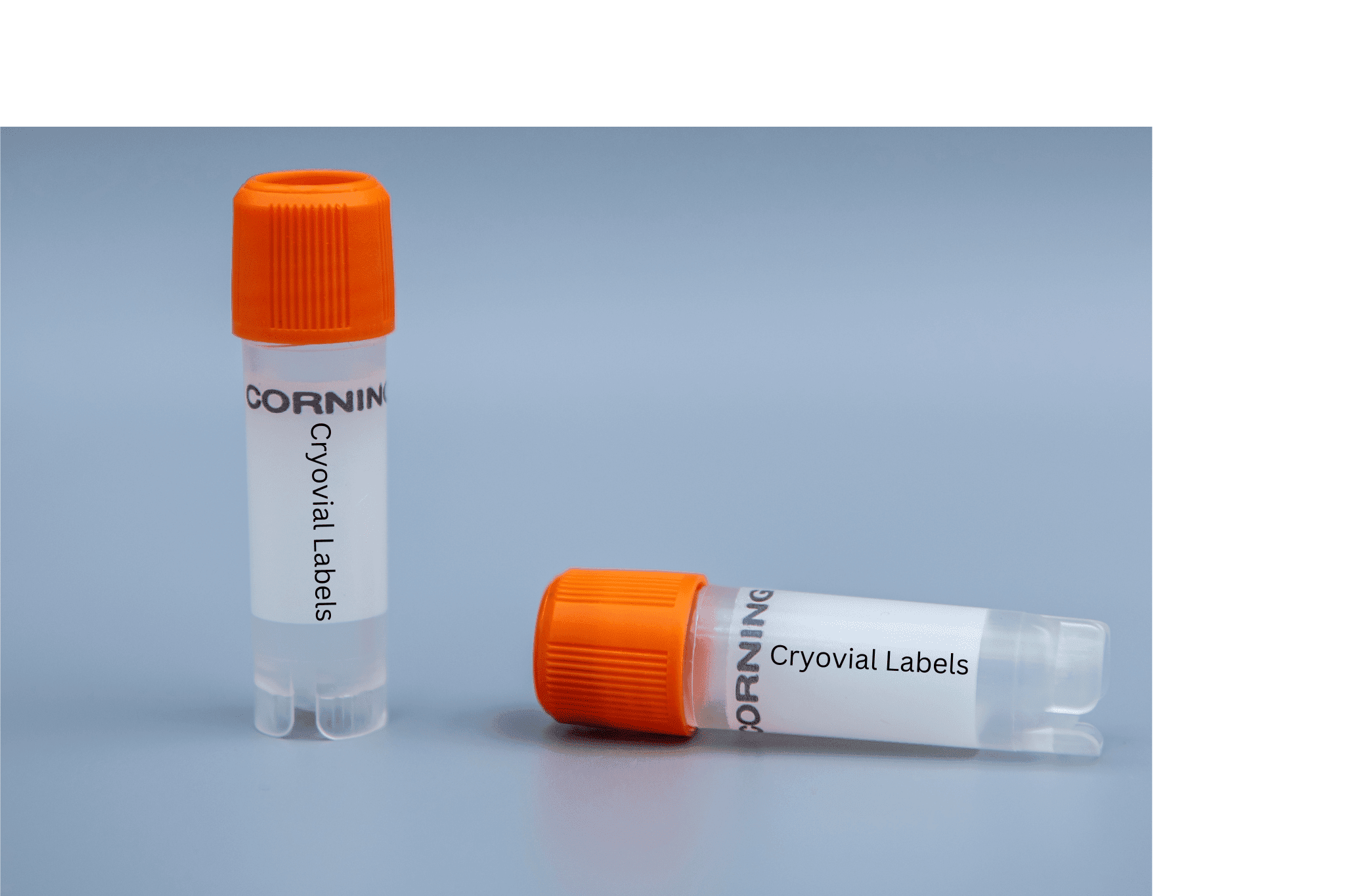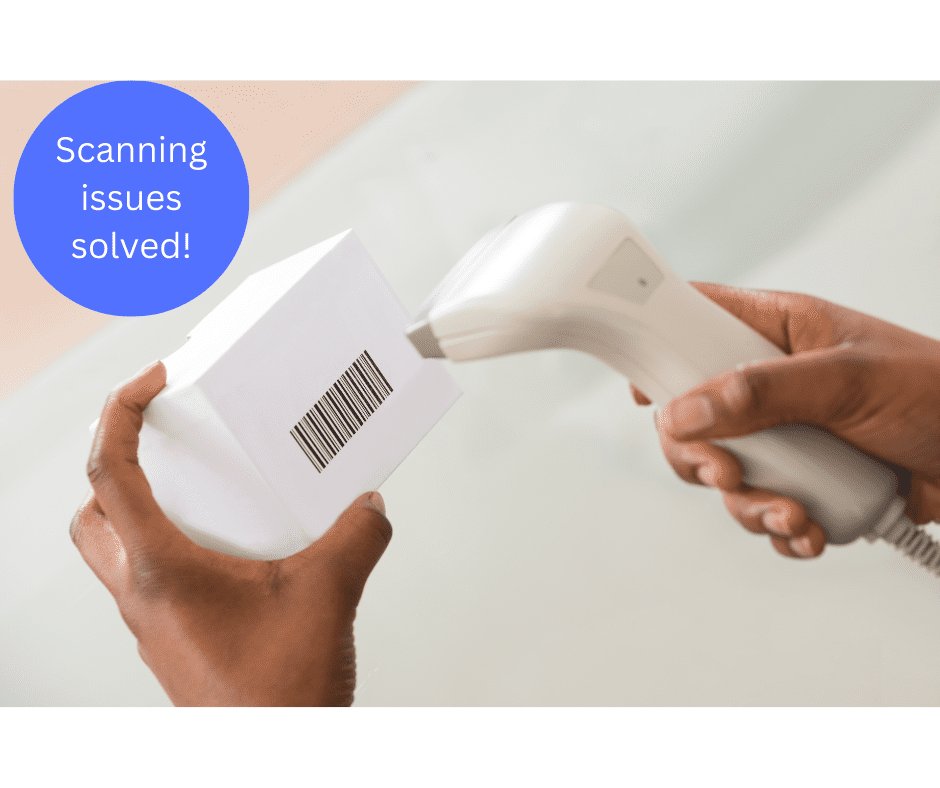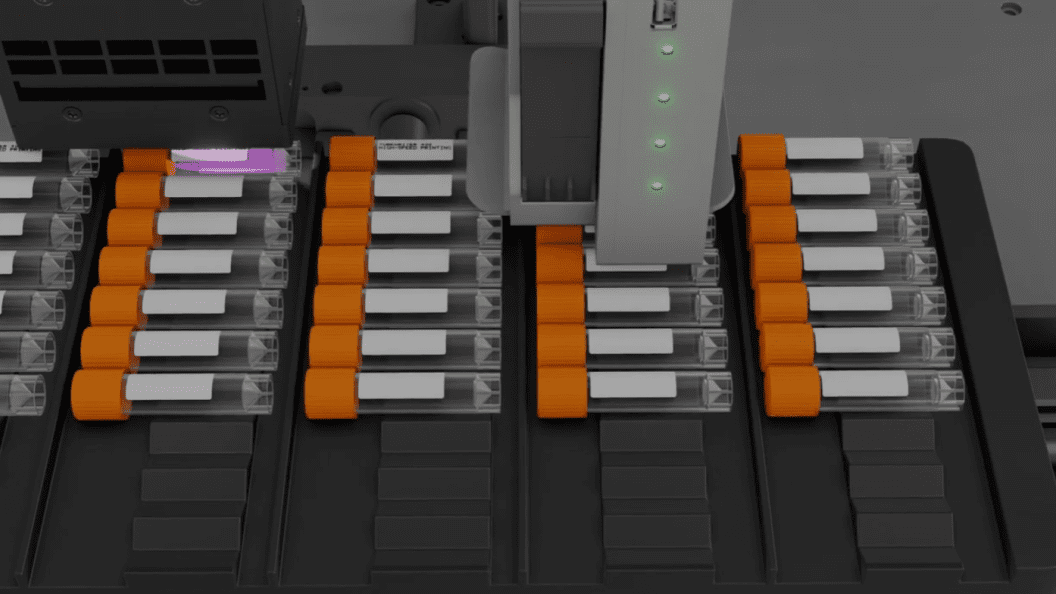Aliquoting is a commonly used technique in scientific and medical fields for dividing a large volume of liquid or substance into smaller, equal volumes for storage, testing, and distribution.
Whether dealing with precious DNA samples, volatile chemical compounds, or sensitive biological materials, aliquoting enhances the reliability of scientific experiments, with precision and accuracy being paramount.
Accurate and consistent aliquot labeling is the linchpin that holds the entire process together, ensuring that data collected from aliquots can be traced back to the original sample and thus producing replicable and scientifically credible results by preventing confusion.
Aliquots can be stored for extended periods, necessitating durable labels capable of withstanding cryostorage’s extreme temperatures. These labels must remain accurate and easily scannable via barcode or human inspection over the years in such harsh conditions. Below, we outline best practices for aliquot labeling to ensure long-term sample usability.
4 Aliquot Labeling Best Practices
Clear and Consistent Identification
Assign unique identifiers (UIDs) to each aliquot, combining numbers, letters, and barcodes to prevent mix-ups. For tips on creating unique identifiers, refer to our UID guide.
Label Integrity
Ensure labels can withstand chemical exposure, temperature fluctuations, and moisture, especially for aliquots stored in liquid nitrogen or at -80 degrees Celsius.
Information Accessibility
Place labels on the sides of boxes or racks where they are most visible during handling or retrieval. Consider labeling the cap to reduce cold exposure for lab technicians and prevent cold-related injuries.
Storage Information
Note storage positions in the UID or barcode for aliquots stored in various locations to prevent accidental retrieval of the wrong aliquot.
TubeWriter: Elevating Aliquot Labeling Best Practices
Learn below how TubeWriter’s direct labeling solution improves aliquot labeling best practices and offers methods to ensure sample accuracy and integrity.
Efficient Aliquot Labeling
TubeWriter provides clear and durable labeling, significantly speeding up the labeling process. With TubeWriter, you can label 1,000 aliquot containers in 30 minutes or less, allowing more time for meaningful work.
Aliquot Label Durability
TubeWriter prints directly onto tubes and vials, eliminating concerns about labels peeling or falling off during long-term cryostorage. The UV-cured ink ensures durability and resistance to temperature and chemicals, making aliquot labels waterproof, 99% alcohol resistant, and durable in liquid nitrogen and temperatures down to -80 Celsius.
Labeling Flexibility
TubeWriter can print on various container types used in labs, including PCR tubes or strips, screw-top transfer tubes, and amber tubes. You can adjust the label font size to print on even the smallest tubes and include barcodes to reduce the risk of human error.
Ensure the Integrity of Your Aliquots
In the intricate web of scientific research, accuracy and precision are essential. Aliquot labeling may seem like a minor detail, but it forms the bedrock upon which the reliability and replicability of experiments are built. Scientists who invest time and care into aliquot labeling are safeguarding their research and contributing to the integrity of the scientific community. In essence, aliquot labeling is the unsung hero of the laboratory, quietly ensuring that scientific discoveries rest on a solid foundation of precision and accuracy.
Reach out today to speak with our team of experts and find out how TubeWriter can transform your aliquot labeling experience.

